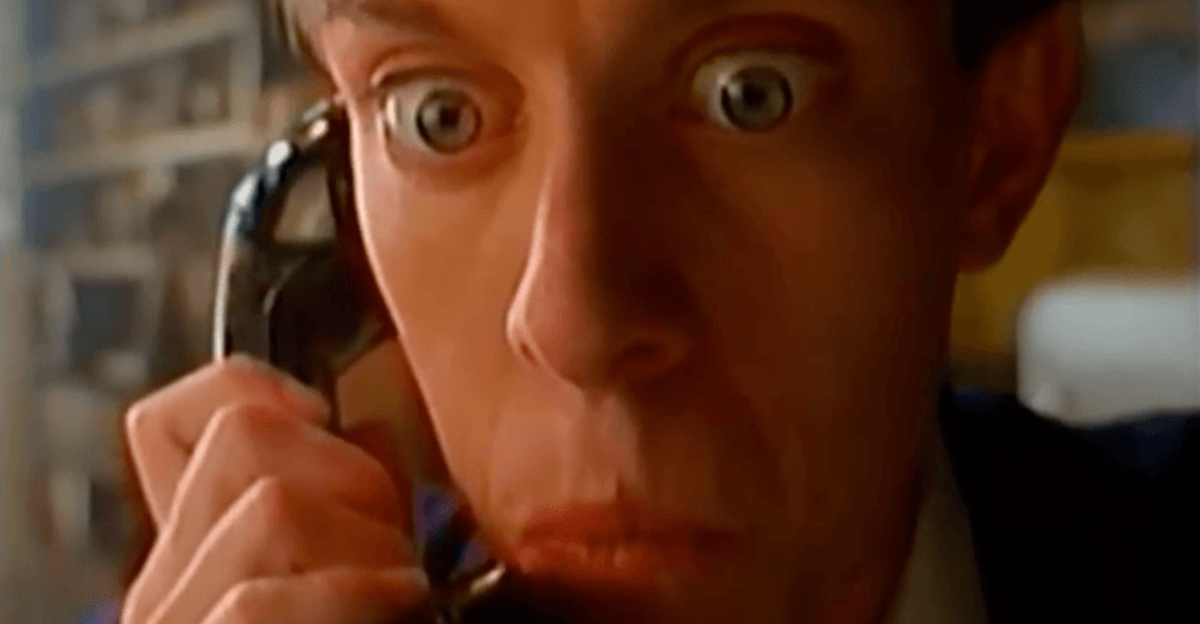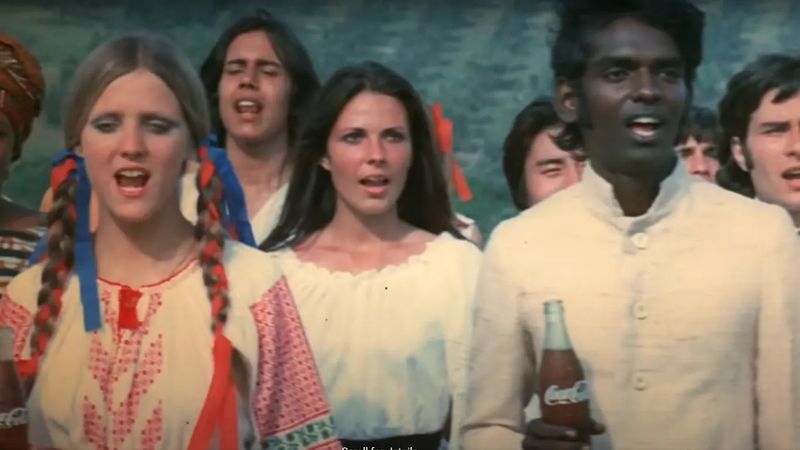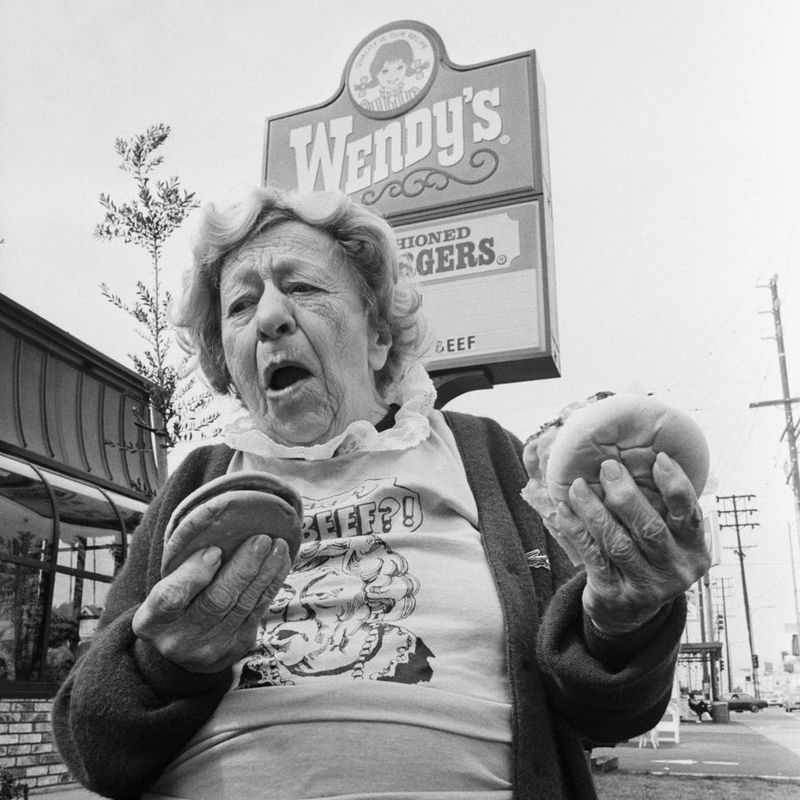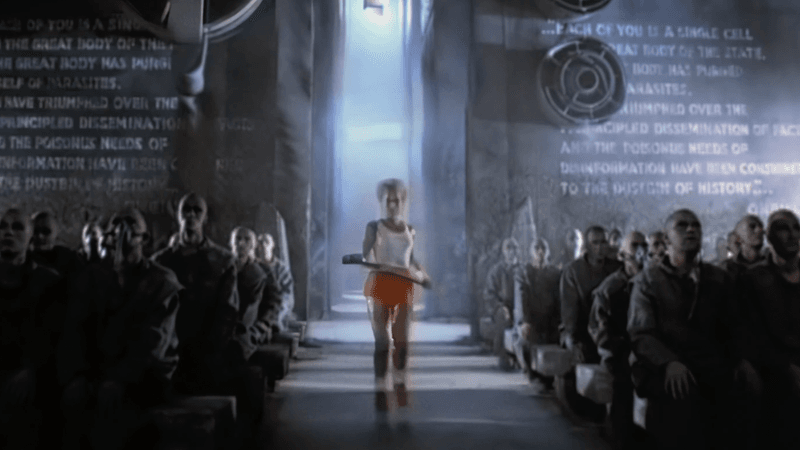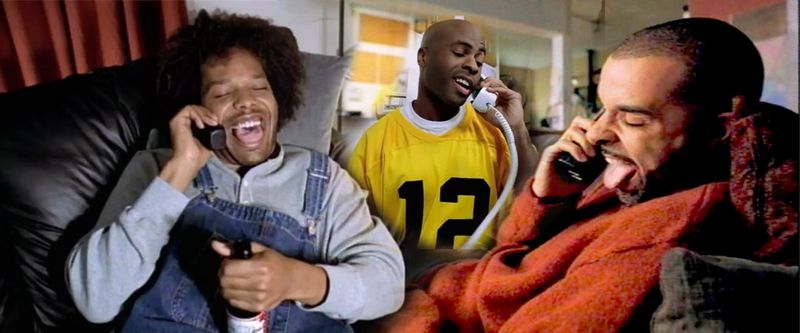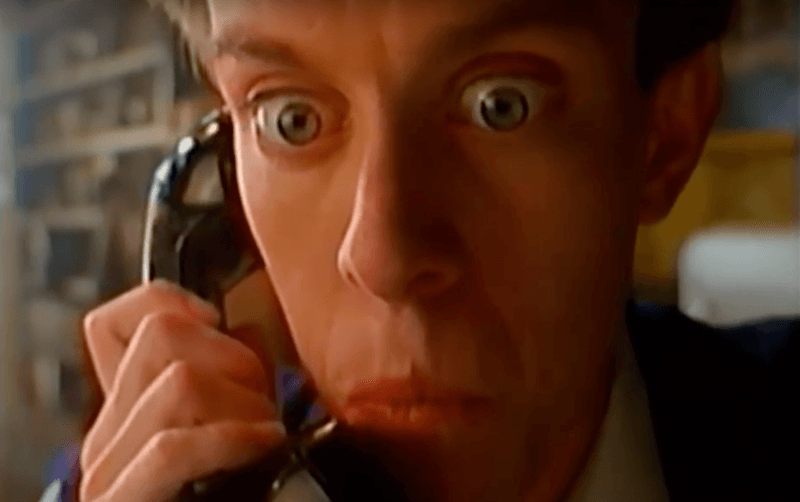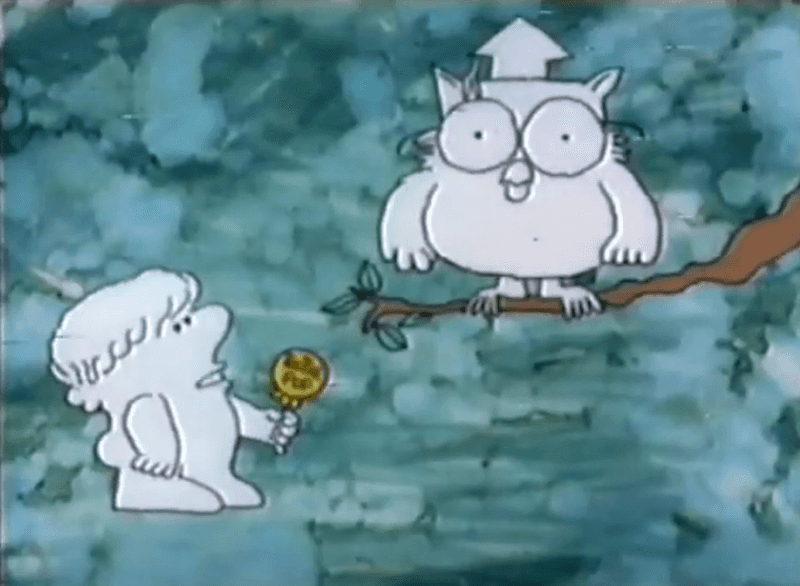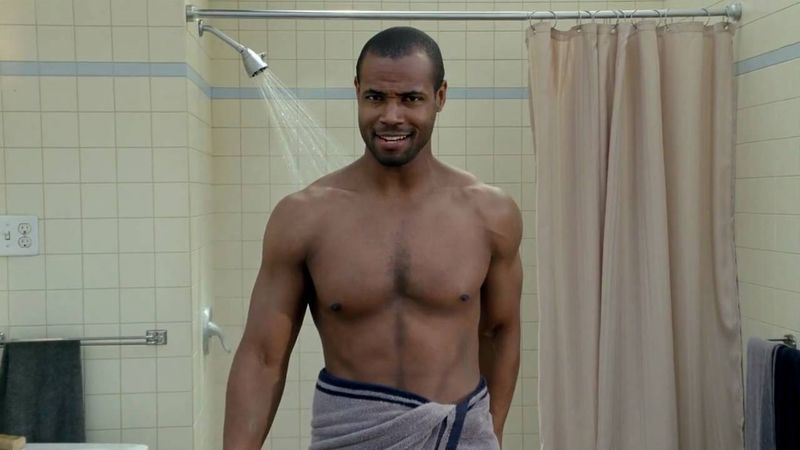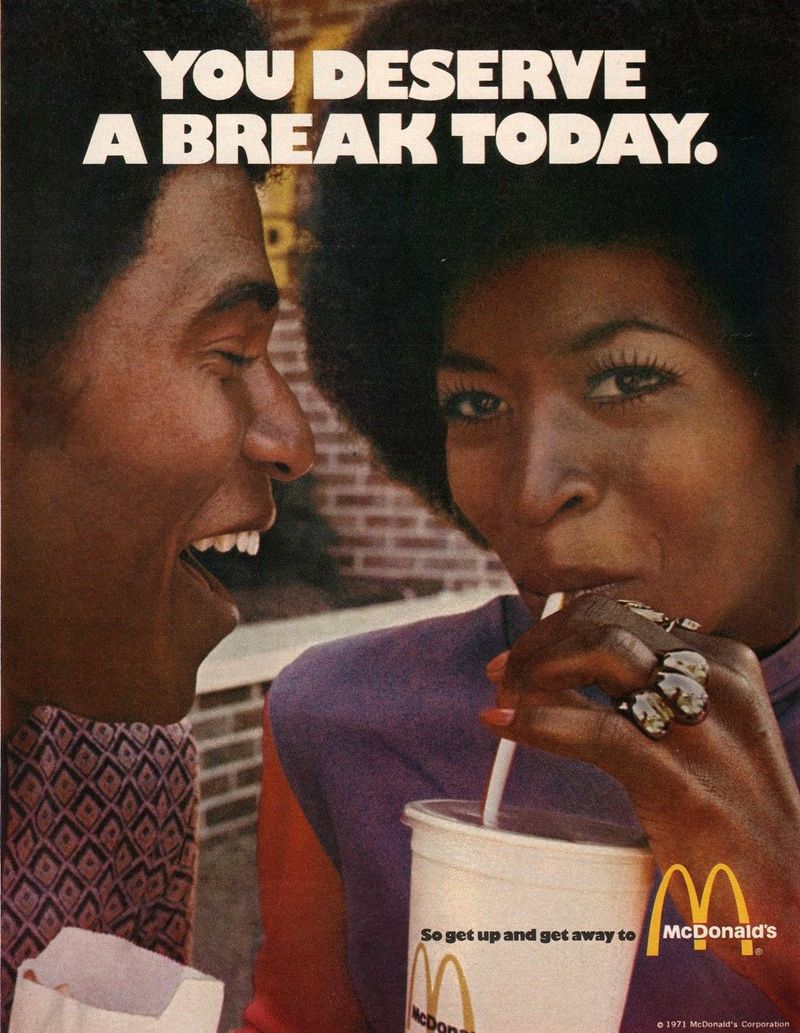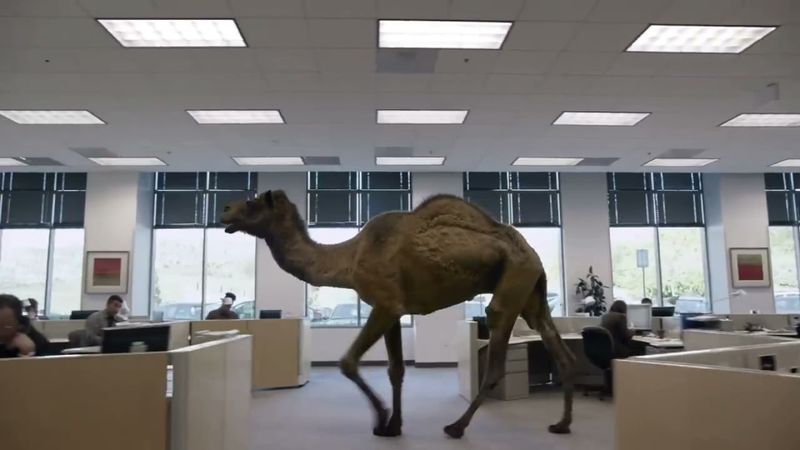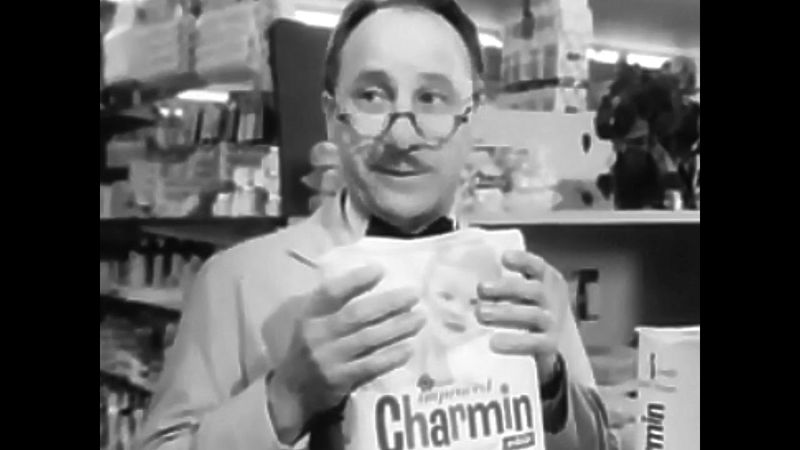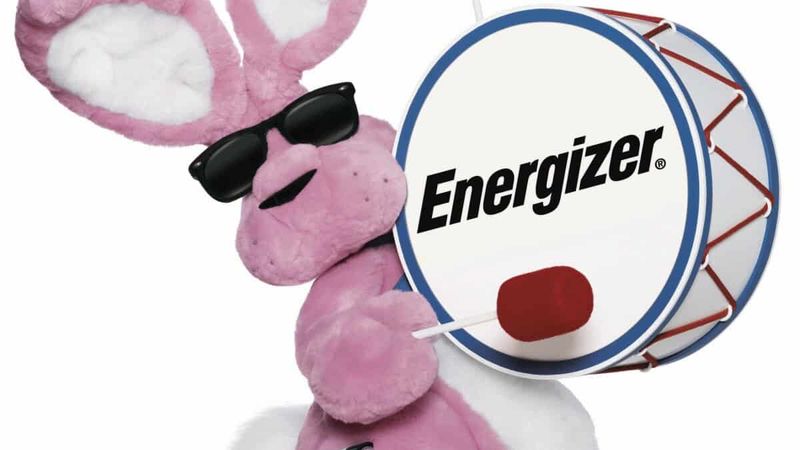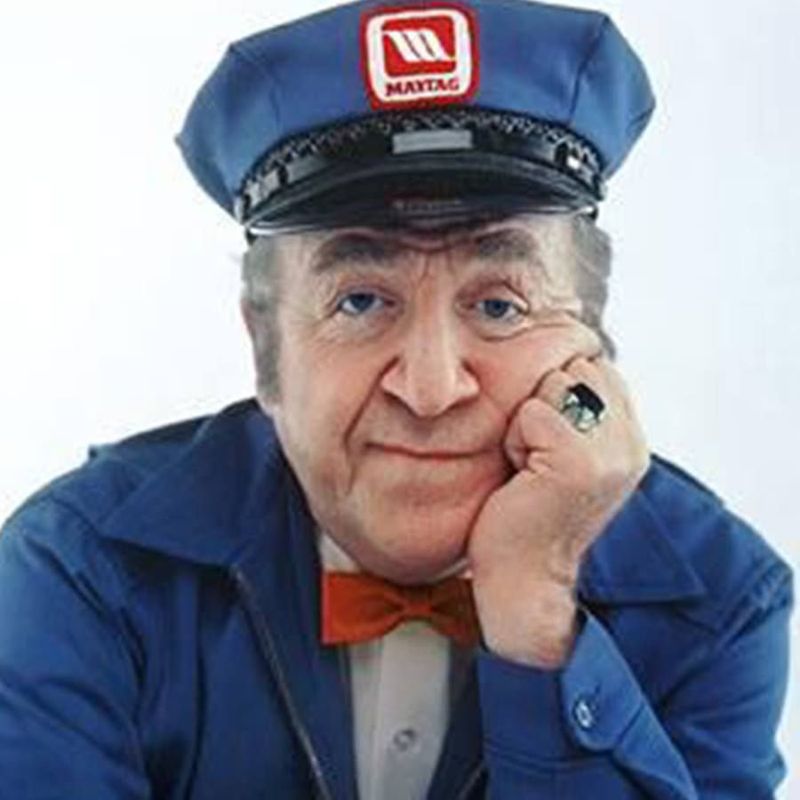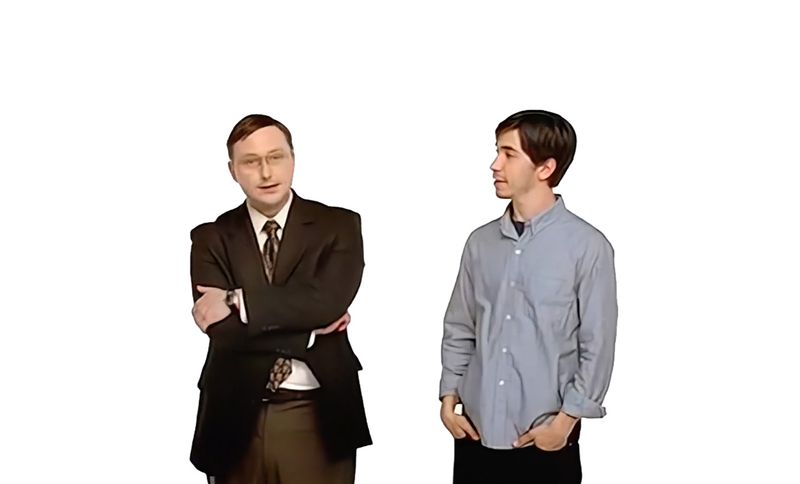Commercials aren’t just about selling products – they’ve shaped American culture in amazing ways. From catchy jingles to unforgettable characters, these ads became part of our everyday conversations and memories. Even decades later, we still quote them and smile at the memories they bring back.
1. Coca-Cola’s Hilltop Harmony (1971)
The Vietnam War era needed healing, and Coca-Cola delivered with a commercial featuring young people from around the world singing on an Italian hilltop. Their message of peace and unity through a shared bottle of Coke struck an emotional chord with viewers. The commercial’s anthem “I’d Like to Buy the World a Coke” became so popular it was reworked into the hit song “I’d Like to Teach the World to Sing.” This ad transformed Coca-Cola from a beverage into a symbol of harmony during divided times.
2. Wendy’s Beef Inquisition (1984)
Clara Peller, an elderly woman with attitude to spare, peered skeptically at a competitor’s burger and uttered three words that would change advertising history: “Where’s the beef?” Her indignant question about a tiny patty hidden in an oversized bun became an overnight sensation. Americans couldn’t stop repeating the catchphrase. It even entered political discourse when Walter Mondale used it against Gary Hart during the 1984 presidential primaries. The ad boosted Wendy’s sales by 31% and proved that sometimes, less is more in advertising.
3. Apple’s Orwellian Rebellion (1984)
Director Ridley Scott created cinematic magic for Apple’s Macintosh launch during the 1984 Super Bowl. A female athlete sprints through a dystopian world to shatter the image of a Big Brother figure with a sledgehammer, symbolizing Apple’s rebellion against IBM’s market dominance. Aired just once nationally, the commercial still generated massive buzz. Steve Jobs wanted to position Apple as the revolutionary alternative to conformist computing. The ad established Super Bowl commercials as cultural events and showed how technology marketing could tap into deeper human desires for freedom and individuality.
4. Nike’s Motivational Mantra (1988)
“Just Do It” – three simple words that transformed Nike from a running shoe company into a global powerhouse of athletic motivation. The slogan debuted in a commercial featuring 80-year-old Walt Stack jogging across the Golden Gate Bridge at dawn. Few know the phrase was inspired by the last words of convicted murderer Gary Gilmore before his execution: “Let’s do it.” Copywriter Dan Wieden modified it slightly, creating advertising gold. The campaign connected with everyone from professional athletes to weekend warriors, speaking to the universal struggle to overcome our excuses and limitations.
5. Budweiser’s Friendship Greeting (1999)
Four friends watching sports on separate TVs connected by phone calls repeatedly ask each other “Whassup?” in increasingly exaggerated ways. The commercial captured male friendship perfectly – minimal conversation but maximum connection. Originally a short film by director Charles Stone III featuring his real-life friends, Budweiser turned it into advertising gold. The catchphrase exploded into pop culture, appearing in movies, TV shows, and countless parodies. Before viral videos existed, this commercial achieved viral status through pure word-of-mouth and imitation, proving authenticity resonates with audiences.
6. California’s Milk Mystery (1993)
A man with a mouth full of peanut butter sandwich tries desperately to answer a radio trivia question about Aaron Burr. Unable to say the answer clearly, he loses his chance at the prize – all because he has no milk to wash down his sticky snack. The “Got Milk?” campaign reversed declining milk consumption by focusing not on why people should drink milk, but on the frustration of running out. Created by advertising legend Jeff Goodby, the slogan transcended its dairy origins to become a cultural template, spawning countless “Got ___?” parodies.
7. Tootsie Pop’s Eternal Question (1970)
A contemplative boy named Tommy approaches various animals with a philosophical dilemma: “How many licks does it take to get to the Tootsie Roll center of a Tootsie Pop?” Each animal refers him to a supposedly wiser creature until he meets Mr. Owl. The scholarly owl accepts the challenge but succumbs to temptation after just three licks, crunching into the candy with a satisfied “Three!” The commercial’s unanswered question became a genuine childhood experiment for generations of kids. Cornell University later conducted an actual study, finding it takes approximately 256 licks to reach the center!
8. Old Spice’s Absurd Transformation (2010)
Former NFL player Isaiah Mustafa, wearing only a towel, addresses “ladies” directly while seamlessly transitioning between impossible scenarios – from a bathroom to a boat to riding a horse. His deadpan delivery of “I’m on a horse” created instant internet fame. The commercial revitalized a brand previously associated with grandfathers into something young men wanted. Director Tom Kuntz used practical effects rather than CGI for the seamless transitions. Old Spice’s sales jumped 107% following the campaign, proving humor and self-awareness can completely reinvent a brand’s image for a new generation.
9. McDonald’s Musical Relief (1971)
Workers and customers dance and sing about deserving a break from daily stresses while enjoying McDonald’s food. The upbeat commercial captured the early 1970s vibe with its catchy jingle and choreography. “You deserve a break today” perfectly positioned McDonald’s as a reward and respite from busy American life. The campaign arrived as more women entered the workforce and families had less time for home-cooked meals. Advertising Age later named it the top jingle of the 20th century. The commercial helped transform McDonald’s from a burger joint into a cultural institution where Americans could take a guilt-free break.
10. GEICO’s Workplace Camel (2013)
A camel strolls through a drab office asking disinterested workers what day it is, growing increasingly excited until someone reluctantly admits it’s “Hump Day.” The camel’s enthusiastic celebration perfectly captured workplace culture’s obsession with Wednesdays as the midweek turning point. The ad’s genius lay in its calendar-based relevance. Every Wednesday, people would share and quote it, creating a weekly viral resurgence. Office workers reported that saying “Guess what day it is?” on Wednesdays became both annoying and inevitable in workplaces across America, showing how commercials can create shared social rituals.
11. Charmin’s Forbidden Squeeze (1964-1985)
Store manager Mr. Whipple (played by Dick Wilson) scolds customers for squeezing the Charmin toilet paper while hypocritically indulging in the forbidden pleasure himself when no one’s looking. The campaign’s genius was highlighting the product’s squeezable softness while pretending to discourage the very behavior it promoted. Wilson appeared in over 500 Charmin commercials across two decades. A 1978 poll found Mr. Whipple was the third most recognizable American, behind only Richard Nixon and Billy Graham! The catchphrase “Please don’t squeeze the Charmin” became shorthand for any forbidden temptation too good to resist.
12. Energizer’s Unstoppable Icon (1989)
A pink mechanical bunny wearing sunglasses and beating a drum marches through mock commercials for fictional products, demonstrating the battery’s exceptional longevity. The Energizer Bunny became advertising’s ultimate symbol of persistence and reliability. Originally created to parody competitor Duracell’s bunny ads, Energizer’s version took on a life of its own. The interruption format was revolutionary – viewers never knew when the bunny might crash through another commercial. The campaign was so successful that “Energizer Bunny” entered the lexicon as a description for anyone or anything that keeps going despite obstacles.
13. Maytag’s Melancholy Repairman (1967-1988)
Actor Jesse White portrayed the original Maytag Repairman, forever waiting by the phone for service calls that never came because Maytag appliances were too reliable to break down. His blue uniform and sad expression made him the perfect symbol of dependability. The “Ol’ Lonely” character brilliantly communicated product quality through absence – the less you saw your repairman, the better your appliance. The campaign ran for over 50 years with different actors. Maytag stores would sometimes hire someone to dress as the repairman and sit idly in the window, bringing the commercial concept into real life and cementing the brand’s reliability message.
14. Apple’s Personified Computing (2006-2009)
Actors Justin Long (Mac) and John Hodgman (PC) personified their respective computer systems in a minimalist white setting. Mac appeared as a relaxed, creative type in casual clothes while PC was portrayed as an uptight businessman constantly plagued by technical problems. The 66-commercial campaign never directly attacked PC users, instead using gentle humor to highlight Mac’s advantages. Director Phil Morrison kept the focus on the contrasting personalities rather than technical specifications. The campaign coincided with Apple’s transition to Intel processors and contributed to Mac sales growth from 7.4% of the market in 2006 to 9.4% by 2009.
